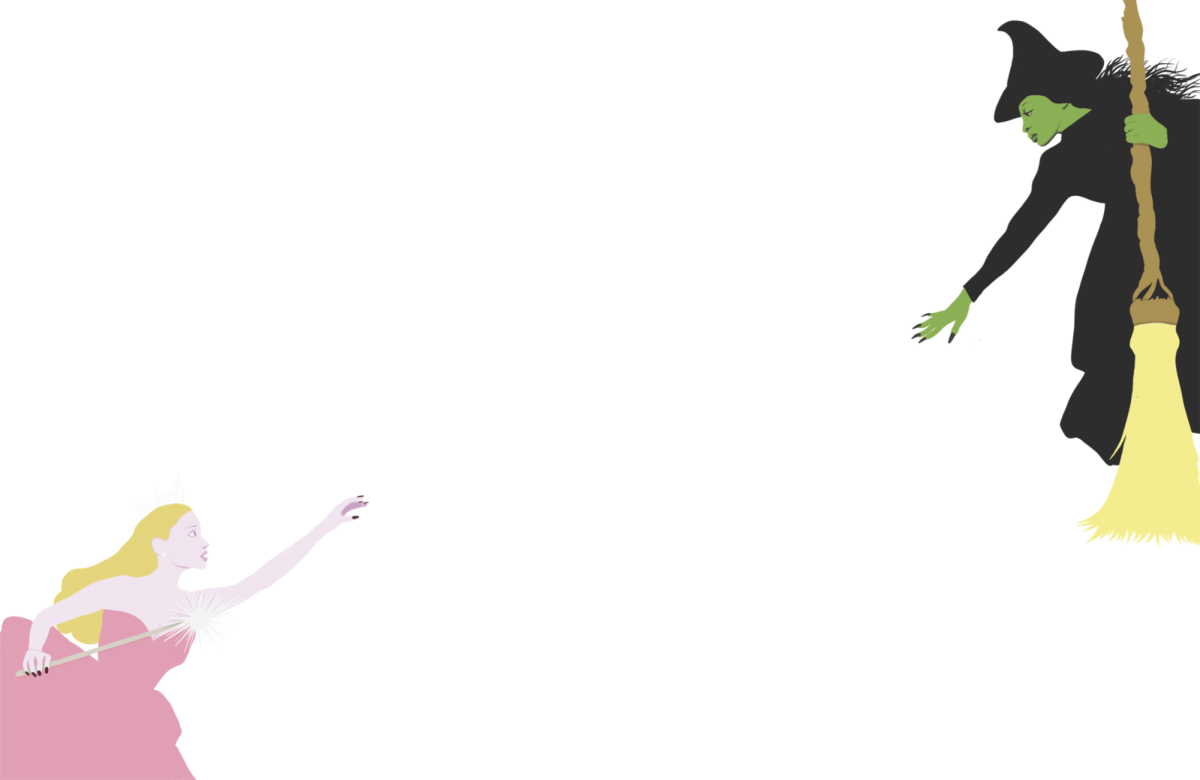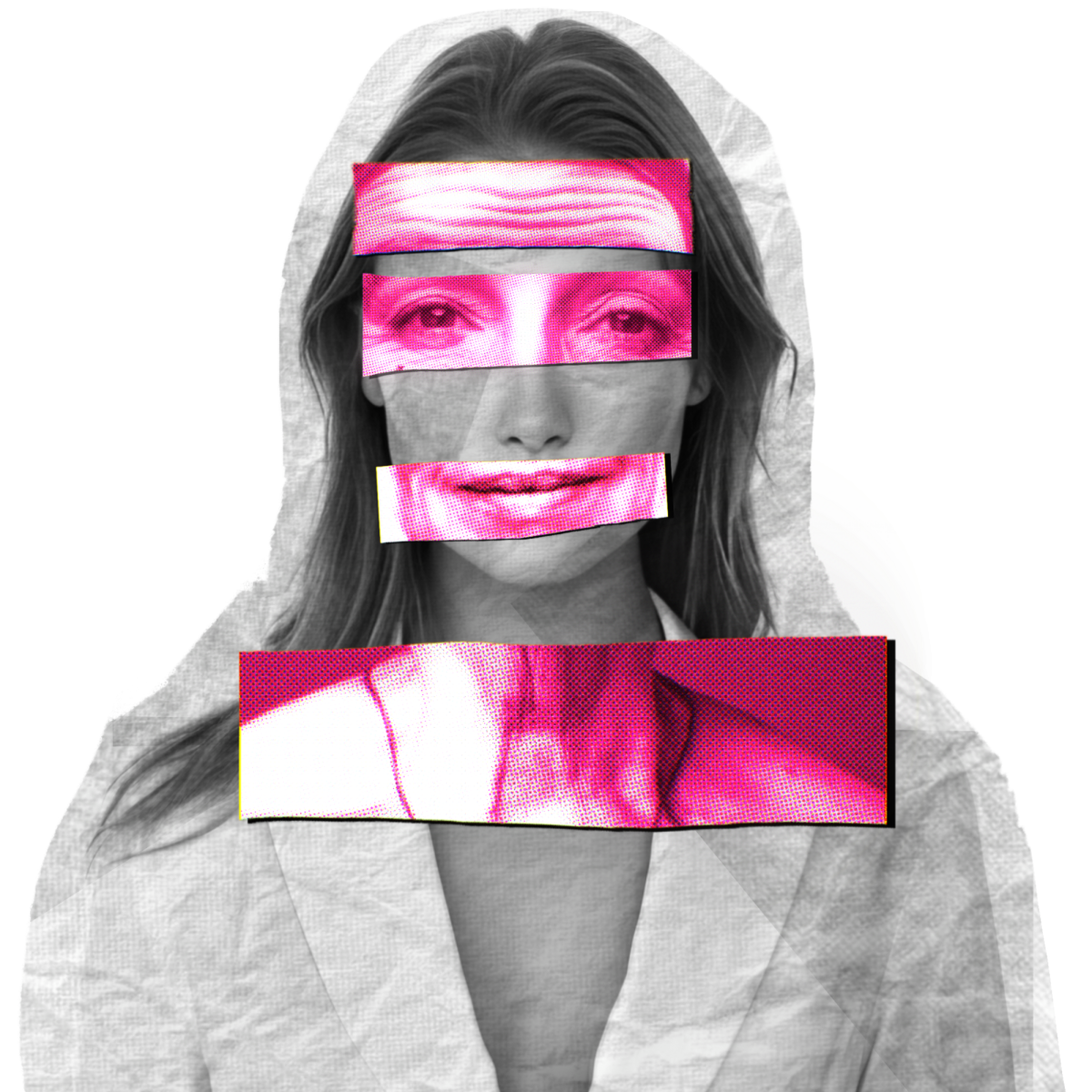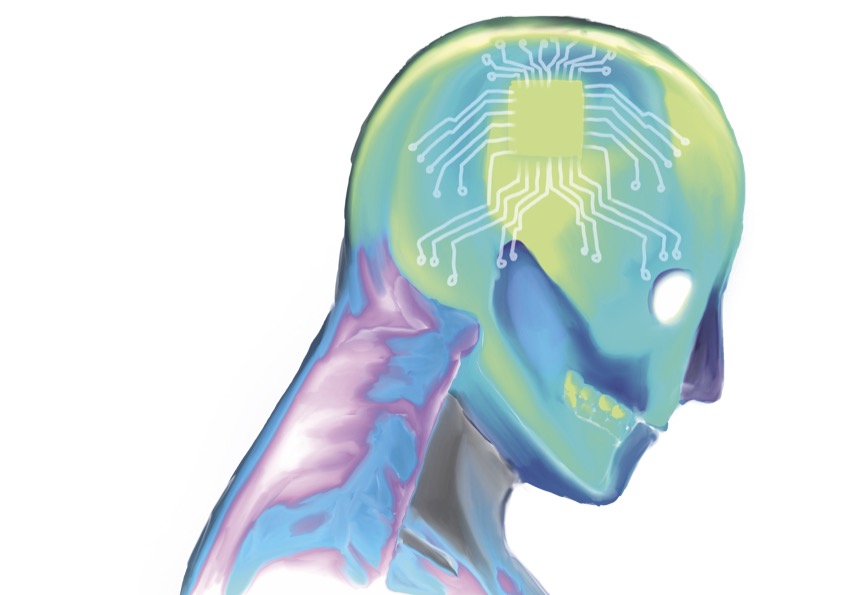In our day in age, we are used to quick advancements in technology. Smartphones and TVs become thinner and more accommodating each year. Video games and VR [virtual reality] spaces are exceptionally more realistic than a few years ago. ChatGPT and other A.I. developments are capable of creating essays and fake photos within seconds of being asked.
Every technological development has both pros and cons. In many instances, the pros outweigh the cons, and we are left with an array of devices that benefit our society.
“When people imagine dystopian technologies, they may think of the flying car gone wrong, the murdering robot barista, and the detrimental VR universe,” senior Jake Gidney said. “But removing the qualifiers from this list, we get: flying car, robot barista, and VR universe.”
While technological progress comes with positive advancements in the sciences, such as more surgical robots and fast communication devices, there are also dangers to the speed of our progress.
Elon Musk, billionaire and founder of SpaceX and Tesla, prompts questions about whether we as a society need to have more checks on what technology we are exposing the world to in regards to his biotech startup, Neuralink.
Founded in 2016, Elon Musk came out with the Neuralink implant, a brain-computer interface about the size of a coin. The chip is designed to be implanted in a human brain with the purpose of “[restoring] autonomy to those with unmet medical needs today,” such as paralysis, according to the Neuralink website. The chip has already been implanted in various primates since 2017, and, as of early 2024, has gone through its first human trial.
While this all sounds like the next biggest push in the boundaries of the STEM and health world, the concerning feature of the implant is the fact that, according to Neuralink, it is “designed to let you control a computer or mobile device anywhere you go.”
When put into perspective, a brain chip that connects a person’s mind to their computer possesses an eerily resemblance to dystopian technology that authors and directors warned their audiences about. The dystopian and sci-fi TV series “The 100,” for example, presents a brain chip similar in appearance to Neuralink, which takes on the role of the dangerous device that warps the mind of its host.
In literature and film, dystopian societies are typically depicted as attempts to advance globally, yet they end up creating societal flaws due to irresponsible usage of technology. Comparing Neuralink to fictional technologies in novels and movies may seem like a stretch, however, the dystopian genre acts as a cautionary tale of real-life possibilities.
“Many texts and shows such as Ernest Cline’s “Ready Player One”, M.T. Anderson’s “Feed,” and Star Trek’s “Holodeck” all evoke [dystopian] concepts,” Head of Upper School and former English instructor Anna Alldredge said.
While Musk’s plans to wirelessly connect the human mind to computers reflects the human condition to explore and expand the scientific world, the implants’ dystopian similarities highlights the need to thoroughly address all pros and cons before further development in technology.
Musk’s implant is not the only new design that resembles dystopian technology. In early 2024, Disney publicly announced a kinetic floor mat that allows a person to walk in place at any direction and speed without leaving the mat. This kinetic floor resembles the technological reference to a VR treadmill in “Ready Player One,” a dystopian novel and movie that emphasizes harmful futurism and virtual reality escapism.
Apple also released a VR headset in early 2024, the Apple Vision Pro, which also contains similarities to “Ready Player One” and other sci-fi movies. The headset allows its user to “blend digital content with physical space,” according to Apple.
Whether it’s a VR headset or brain implant, the risks that follow futuristic technology could very well outweigh the benefits if we do not slow down our development process. The necessity to sit and think about the long-term effects of such technology that we are creating could prevent us from overstepping the barrier that separates dystopian literature and the real world.
“These cautionary tales give us a roadmap for how societal evolution, even with the best of intentions, can potentially go drastically wrong,” Alldredge said.

































